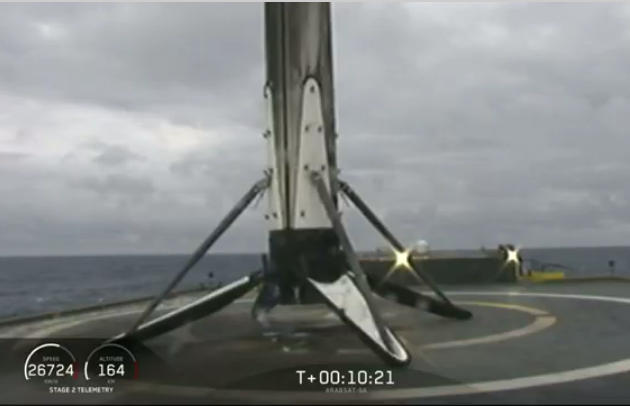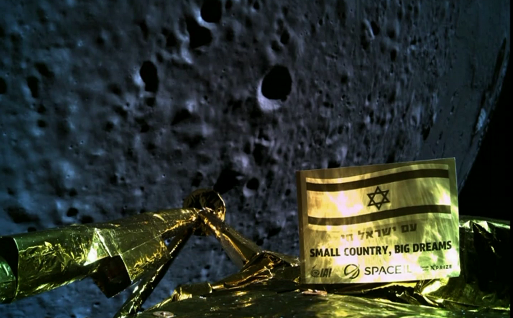U.S. experiment on Beresheet might have survived crash
Scientists for Lunar Reconnaissance Orbiter (LRO) have revealed that the small U.S. experiment on Beresheet might have survived the spacecraft’s crash onto the lunar surface.
The NASA payload, known as the Lunar Retroreflector Array (LRA), is a technology demonstration composed of eight mirrors made of quartz cube corners that are set into a dome-shaped aluminum frame. These mirrors are intended to serve as markers for other spacecraft, which can use them to orient themselves for precision landings. The entire instrument is smaller than a computer mouse and lightweight. But it’s tough, radiation-hardened and designed to be long-lived, so the LRA may not have been destroyed by Beresheet’s hard landing.
“Yes, we believe the laser reflector array would have survived the crash, although it may have separated from the main spacecraft body,” said David Smith of the Massachusetts Institute of Technology, principal investigator of the Lunar Orbiter Laser Altimeter (LOLA) instrument aboard NASA’s Lunar Reconnaissance Orbiter (LRO) spacecraft.
“Of course, we do not know the orientation of the array,” Smith, who’s also an emeritus researcher at NASA’s Goddard Space Flight Center in Greenbelt, Maryland, told Inside Outer Space. “It could be upside down, but it has a 120-degree angle of reception, and we only need 1 of the 0.5-inch cubes for detection. But it has certainly not made it any easier.”
They are going to use LOLA to try to find LRA. If they get a reflection, that experiment will essentially be a success, despite Beresheet’s failure.
Scientists for Lunar Reconnaissance Orbiter (LRO) have revealed that the small U.S. experiment on Beresheet might have survived the spacecraft’s crash onto the lunar surface.
The NASA payload, known as the Lunar Retroreflector Array (LRA), is a technology demonstration composed of eight mirrors made of quartz cube corners that are set into a dome-shaped aluminum frame. These mirrors are intended to serve as markers for other spacecraft, which can use them to orient themselves for precision landings. The entire instrument is smaller than a computer mouse and lightweight. But it’s tough, radiation-hardened and designed to be long-lived, so the LRA may not have been destroyed by Beresheet’s hard landing.
“Yes, we believe the laser reflector array would have survived the crash, although it may have separated from the main spacecraft body,” said David Smith of the Massachusetts Institute of Technology, principal investigator of the Lunar Orbiter Laser Altimeter (LOLA) instrument aboard NASA’s Lunar Reconnaissance Orbiter (LRO) spacecraft.
“Of course, we do not know the orientation of the array,” Smith, who’s also an emeritus researcher at NASA’s Goddard Space Flight Center in Greenbelt, Maryland, told Inside Outer Space. “It could be upside down, but it has a 120-degree angle of reception, and we only need 1 of the 0.5-inch cubes for detection. But it has certainly not made it any easier.”
They are going to use LOLA to try to find LRA. If they get a reflection, that experiment will essentially be a success, despite Beresheet’s failure.


